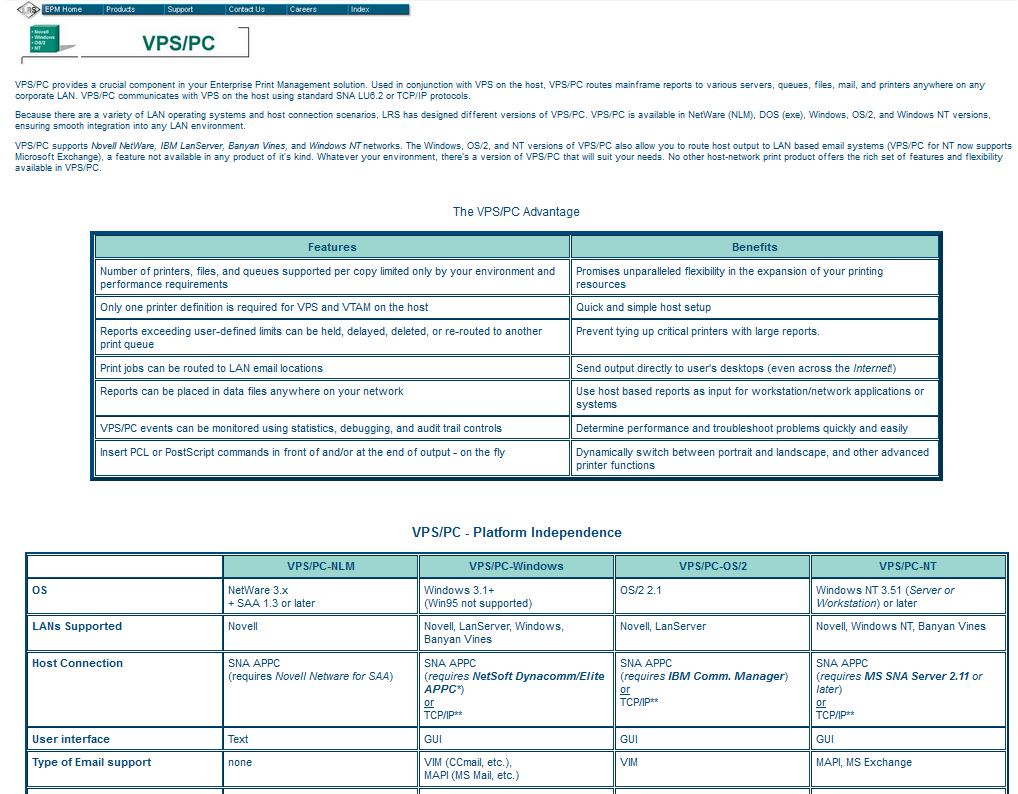With all the recent focus on Cloud computing and hybrid work arrangements, it’s easy to forget how traditional IT environments looked within many of our lifetimes. Large enterprises – think most global banks, auto manufacturers, and large hospital systems – needed massively scalable and highly secure computing environments that never, ever, EVER went down. Which meant they relied on IBM mainframes.
But starting two or three decades ago, the growing popularity of the Internet brought TCP/IP networks and client/server architecture to enterprise computing. Although mainframe applications were doing a lot of the heavy business computing, many users worked on PCs connected via Local Area Networks (“LANs” as the Boomers and GenX youngsters called them).
Connecting these worlds of enterprise (mainframe) and end-user (PC) computing was not as straightforward as one might think. For one, mainframe data was encoded using the eight-bit EBCDIC standard as opposed to the seven-bit ASCII format used on PCs. Also, many mainframe environments still relied on proprietary VTAM networks rather than the now-ubiquitous TCP/IP communication standard. As a result, moving documents and other data from existing mainframe systems to LAN-based users involved a lot of reformatting and translating of data.
Naturally, LRS offered a solution in the form of our VPS/PC product. Because different companies ran different PC operating systems, LRS offered VPS/PC software compatible with NetWare, Windows, OS/2, and Windows NT LANs. Just one more example of our long-running approach to output management: enable delivery of any document in any format from any platform or application to any output destination. Or, in the words of this 25-year-old VPS/PC web page: “Send output directly to users’ desktops (even across the Internet!).”
Today, we continue to enable similar new ways of working by supporting secure print and scanning for employees who are working from home offices, from mobile devices, or from third-party locations outside the boundaries of your corporate network. Twenty-five years from now, who knows what challenges we’ll be helping our customers overcome?
